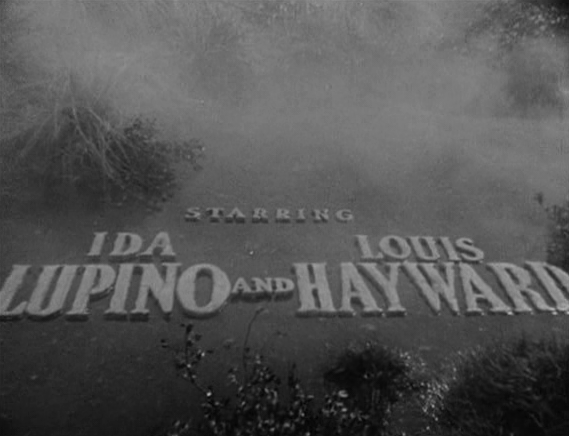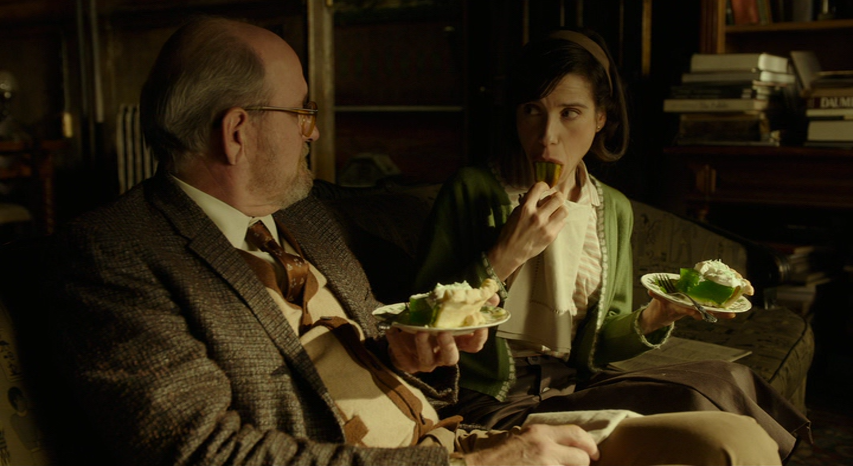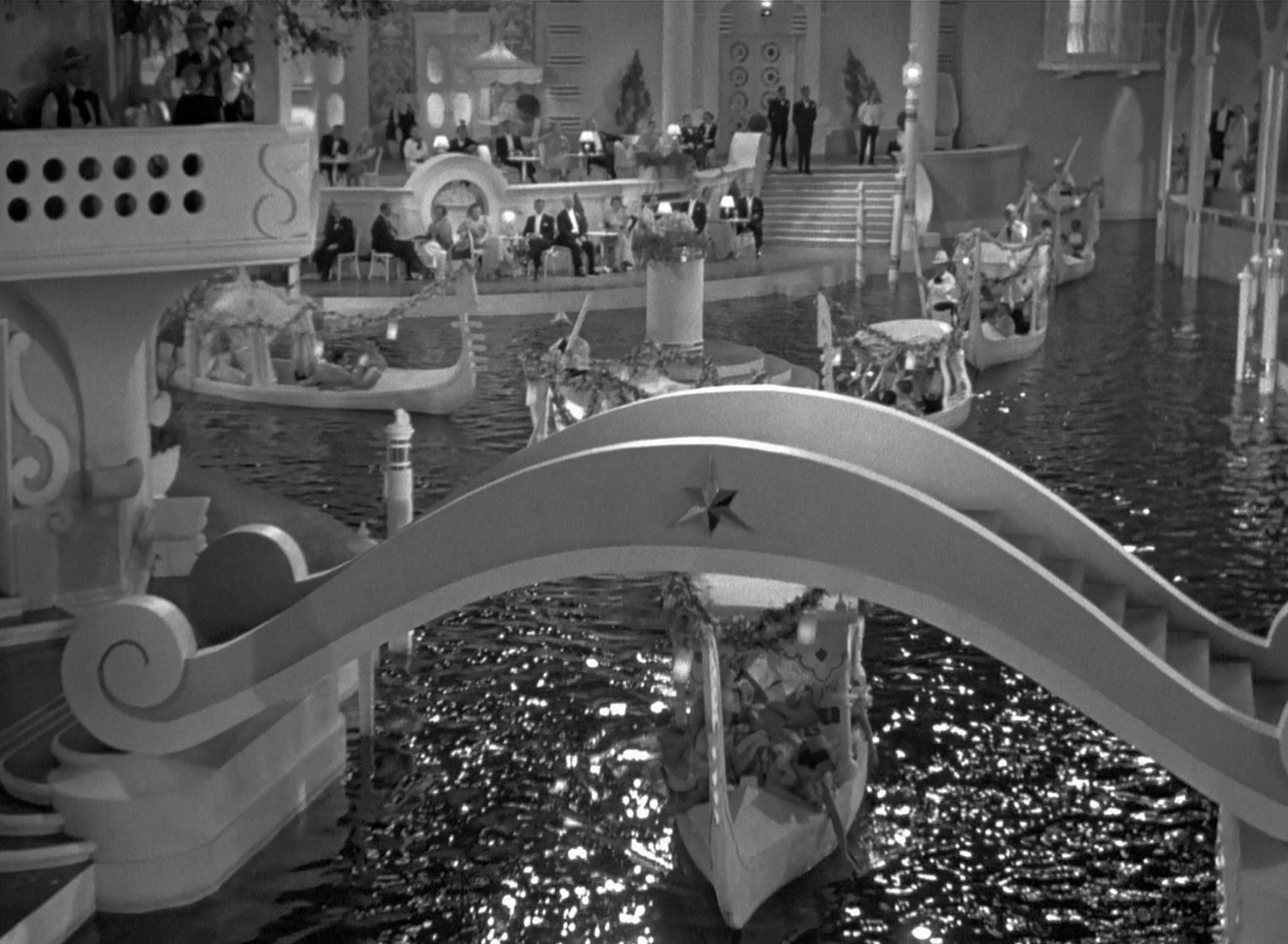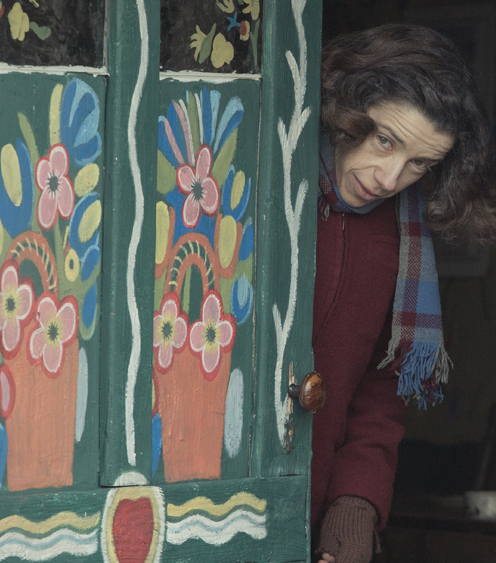The Furniture: Into the Marshes with Ida Lupino and Elsa Lanchester
 Monday, February 5, 2018 at 2:00PM
Monday, February 5, 2018 at 2:00PM "The Furniture," by Daniel Walber, is our weekly series on Production Design. You can click on the images to see them in magnified detail.
 This week marks 100 years since the birth of pioneering director and actress Ida Lupino. Twitter has been full of tributes to her work, including the eight feature films she directed. We've discussed a few of her films here before as well. For my part, I highly recommend her two episodes of The Twilight Zone.
This week marks 100 years since the birth of pioneering director and actress Ida Lupino. Twitter has been full of tributes to her work, including the eight feature films she directed. We've discussed a few of her films here before as well. For my part, I highly recommend her two episodes of The Twilight Zone.
However, I’m going to look at a movie from before she made the leap to directing, the only one in her filmography to receive a Best Art Direction nomination. 1941’s Ladies in Retirement is both a thriller and a play adaptation, a genre we don’t see too often anymore. But in that era it was fairly common, from comedies like Arsenic and Old Lace to the more explicitly malevolent Night Must Fall and Gaslight.
The setting of Ladies in Retirement, according to Reginald Denham and Edward Percy’s original play, is the “Living Room of an Old House on the Marshes of the Thames Estuary Some Ten Miles to the East of Gravesend, 1885.”
Of course, this being 1941, a location shoot in Kent would have been impossible even if the studio had wanted it. Instead, the marshes were built into a sound stage. The team was so proud of their ersatz swamp that they even set the opening credits in the muddy water!








